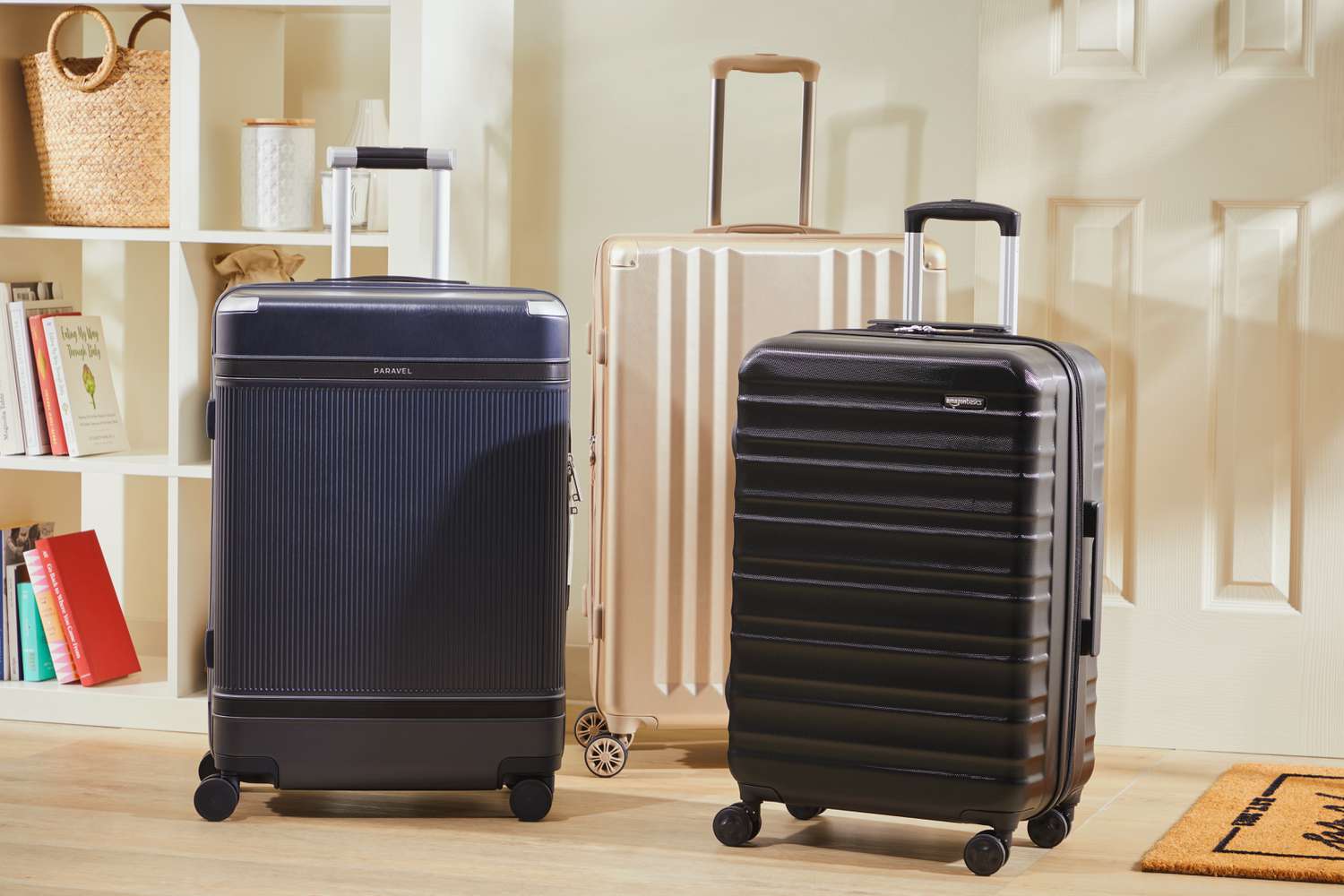Linear inches play a crucial role in understanding luggage size restrictions for air travel. This unit of measurement, often used by airlines to determine baggage dimensions, encompasses the total length, width, and depth of a bag. To demystify the concept of linear inches and its significance in travel, let’s delve deeper into its definition, application, and implications.
Definition and Significance of Linear Inches
Linear inches, also known as linear dimensions, represent the sum of a bag’s length, width, and depth. For instance, if a suitcase measures 28 inches in height, 13 inches in width, and 10 inches in depth, its linear measurement would be 28 + 13 + 10 = 51 linear inches. This measurement is critical for airlines to establish size restrictions for both checked and carry-on luggage.
Distinction Between Linear and Square Inches
It’s essential to differentiate between linear inches and square inches. While linear measurements pertain to one-dimensional length, width, or depth along a single line, square measurements, such as square inches or square feet, encompass two-dimensional areas calculated by multiplying the length by width. Linear inches are primarily used to gauge the size of objects like luggage, whereas square inches are utilized for assessing surface areas.
Application of Linear Inches in Air Travel
Most airlines impose size limits on checked and carry-on bags measured in linear inches. For checked luggage, the industry-standard typically hovers around 62 linear inches. Any bag exceeding this limit may incur additional fees or face restrictions. Similarly, carry-on bags are subject to size restrictions, often capped at around 45 linear inches. Travelers must adhere to these guidelines to avoid inconvenience and extra charges at the airport.
Measuring Linear Dimensions of Luggage
Accurately measuring a bag’s linear dimensions is crucial for compliance with airline regulations. To determine the total linear length, travelers should measure the length, width, and height of their luggage, including any protruding handles or wheels for air travel. By summing up these measurements, individuals can ascertain whether their bag falls within the allowable limit set by the airline.
Conclusion
In conclusion, understanding linear inches is vital for travelers navigating the intricacies of airline baggage regulations. By grasping the concept of linear dimensions and adhering to size restrictions, passengers can ensure a smooth and hassle-free travel experience. Whether packing for a vacation or a business trip, being mindful of luggage dimensions in linear inches is key to avoiding potential setbacks and enjoying a worry-free journey.

